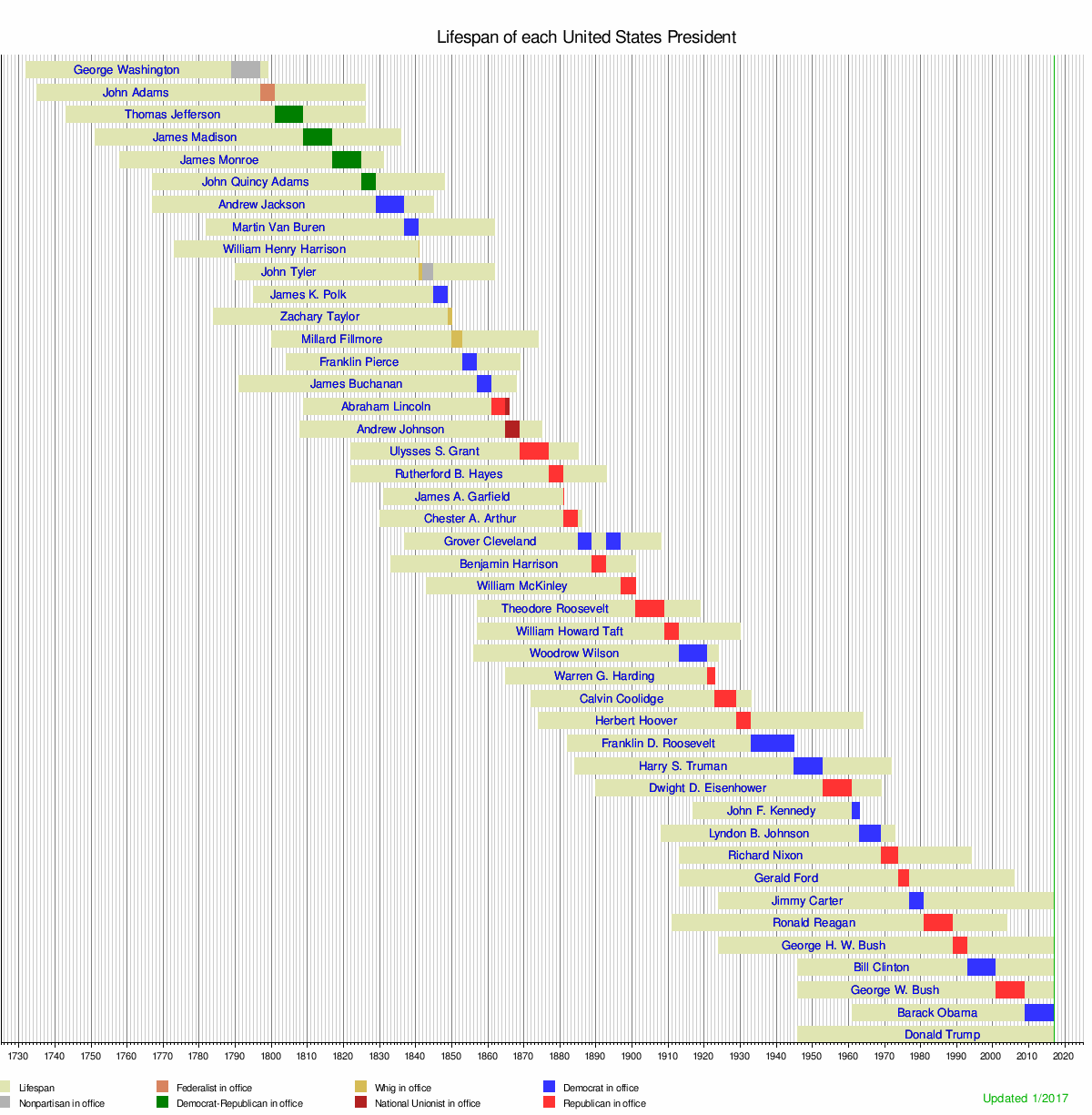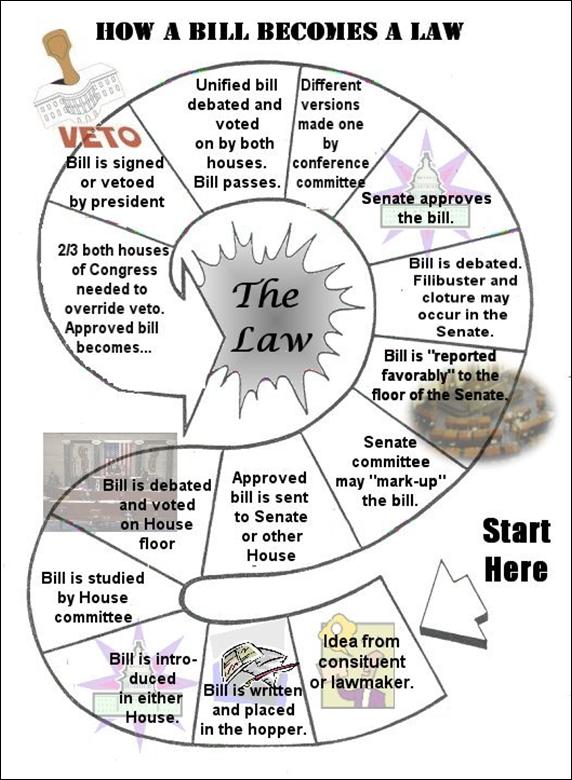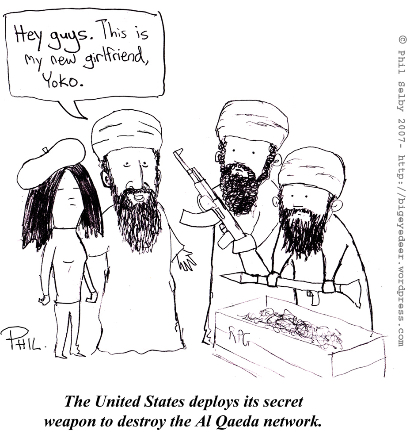Tag: The United States Of America
How Much Is $100 Worth In Every State?
Have you ever wondered just how far your money is going?
Whether it’s in your hometown, while you are traveling or during your vacation, money goes fast.
A recent report by Business Insider explains.
A gallon of gas varies from state to state. So does a cup of coffee and other consumer goods. This variation has to do with the real purchasing power of a dollar.
Lifespan Timeline Of Presidents Of The United States
This is a graphical lifespan timeline of Presidents of the United States. Forty-four people have served as President of the United States since the office came into existence in 1789. They are listed in order of office (Grover Cleveland is listed in the order of his first presidency).

State To Country Gun Ownership Comparison
This map shows how all 50 States rank on gun ownership compared to nations around the world.
The Second Amendment of the United States Constitution states: “A well regulated Militia, being necessary to the security of a free State, the right of the people to keep and bear Arms, shall not be infringed.”
While it’s under constant debate whether having a passel of pistol-packing people is a help or hindrance to the security of our free State in 2015, there’s still a desire to make sure we’re protected should any need arise.
So, where do we stand in the “right to bear arms” discussion? Well, truth be told, we here at the Movoto Real Estate Blog would rather play with numbers and offer everyone an interesting perspective of the issue.
That said, what, we asked, would it look like if we compared gun ownership in our 50 states with gun ownership in other countries? You can see our answer above, and read about how we arrived at it below.
Methodology: What Triggered Our Conclusions
We started with a research group in Switzerland called Small Arms Survey and its report “Small Arms Survey 2007: Guns and the City.” Among other things, it estimated gun-ownership numbers for 178 countries, including the United States (which it estimates has about 270 million guns).
We then took the estimate of 88.8 guns per 100 people for the U.S.—which, seven years later, is likely higher—and used it to calculate each state’s estimated gun ownership, based on state populations from the U.S. Census Bureau’s 2010 survey. (Of course, gun-ownership density varies throughout the country, but this number gave us a easy way to come up with comparable figures for all 50 states, since actual state-to-state numbers were not available.)
Once we had the list of state numbers, we compared each one to Small Arms Survey’s list of countries and respective gun-ownership estimates, logging the nearest match.
Under The Gun: A Quick Peek At The Results
As you’d expect, the United States’ “superpowers” match up with some of the world’s superpowers:
- California’s total of 33.08 million guns is closest to China’s 40 million
- Texas’ total of 22.33 million guns is closest to Germany’s 25 million
- New York’s total of 17.2 million guns is closest to Pakistan’s 18 million
Interestingly enough, the next biggest state, Florida, is closest to Mexico (16.7 million vs. 15.5 million). Given their proximity, let’s hope they don’t meet in a shootout, because it probably won’t end like a proverbial Mexican Standoff.
The number of different countries on our comparison map is 32. (That number could have ended up higher, but we didn’t list multiple countries in the event of they were tied on the Small Arms Survey list.)
The countries with the most appearances on the list:
- South Africa: 6
- Spain: 5
- Uzbekistan: 3
- Turkey: 3



